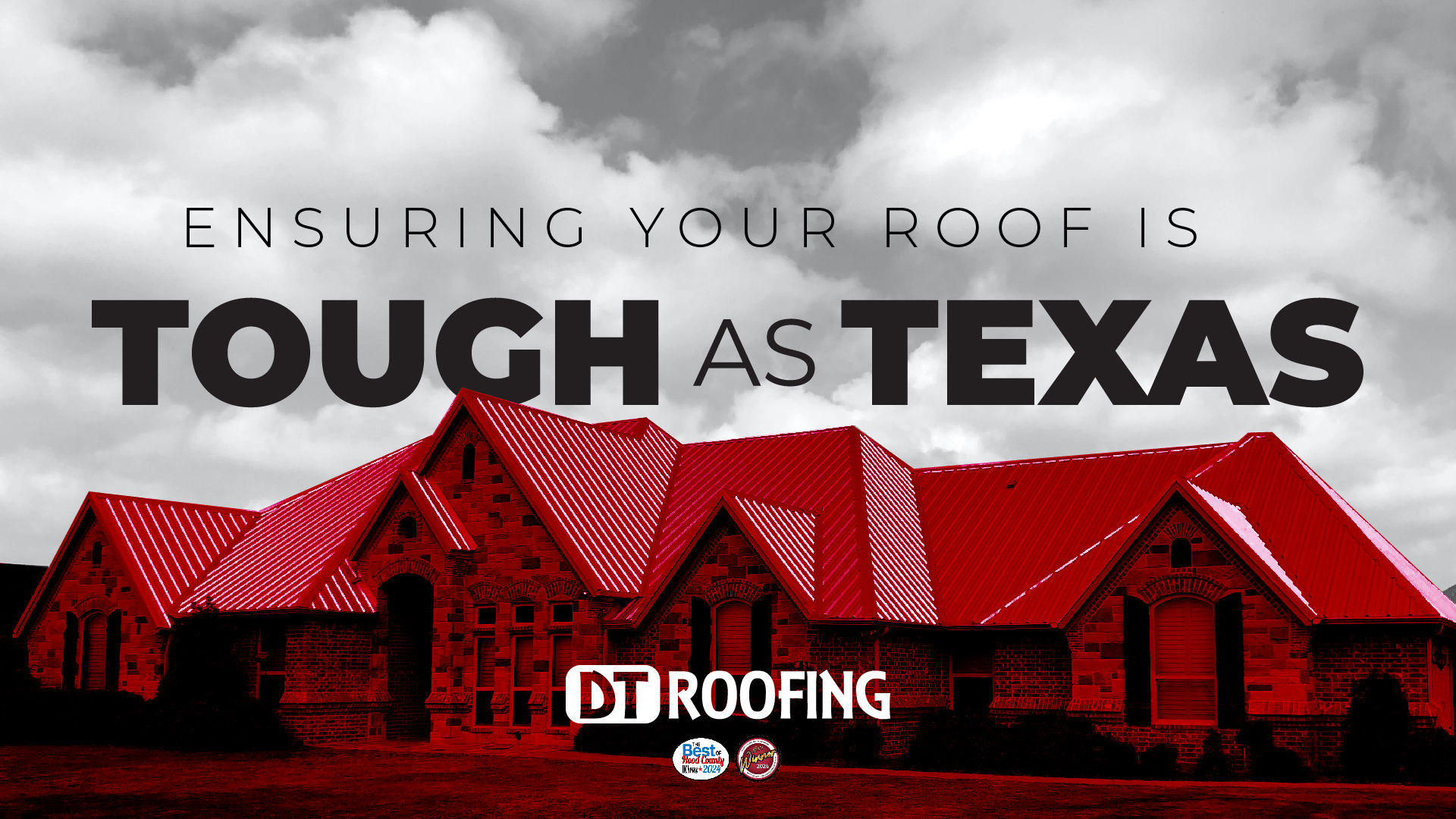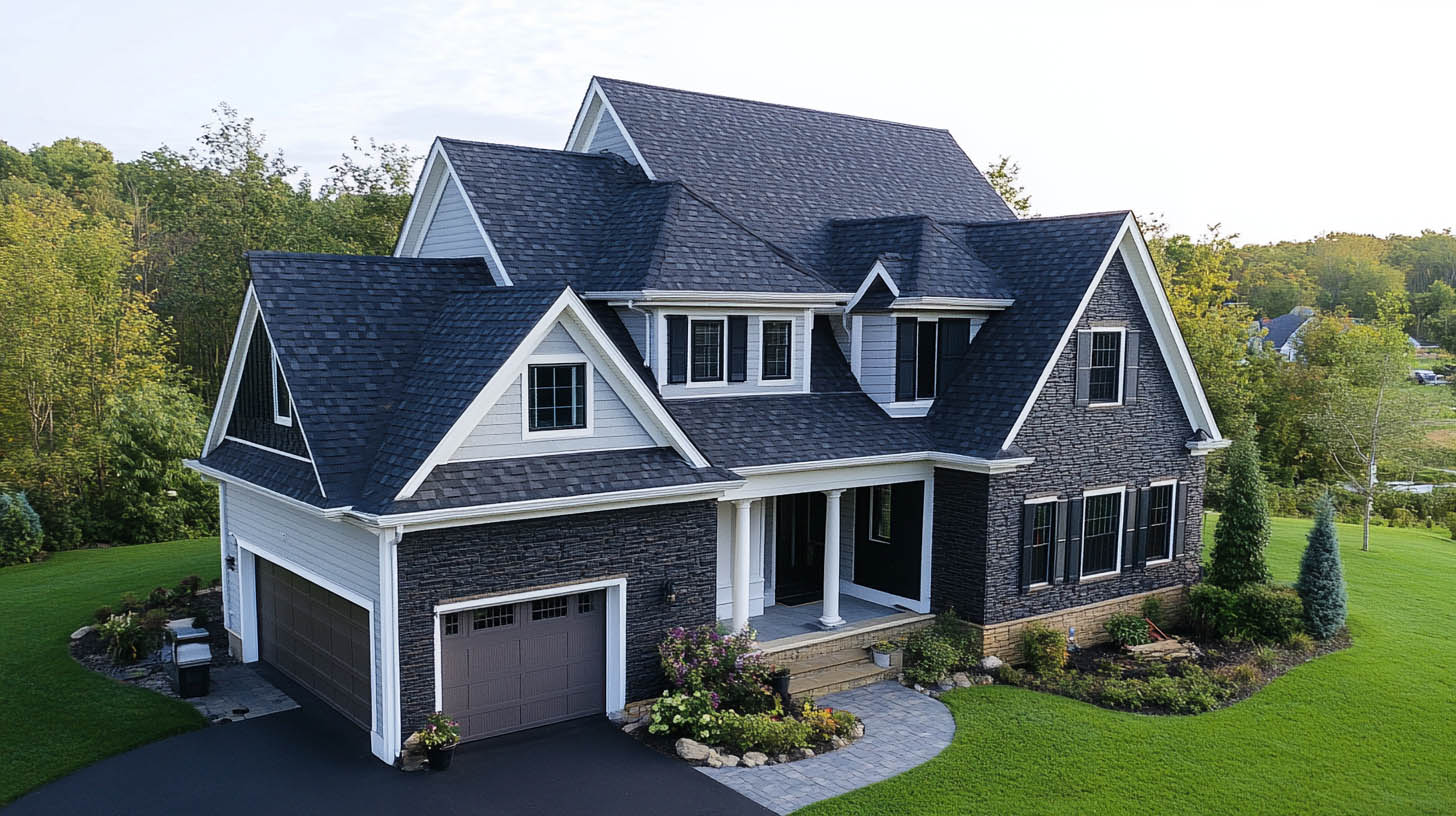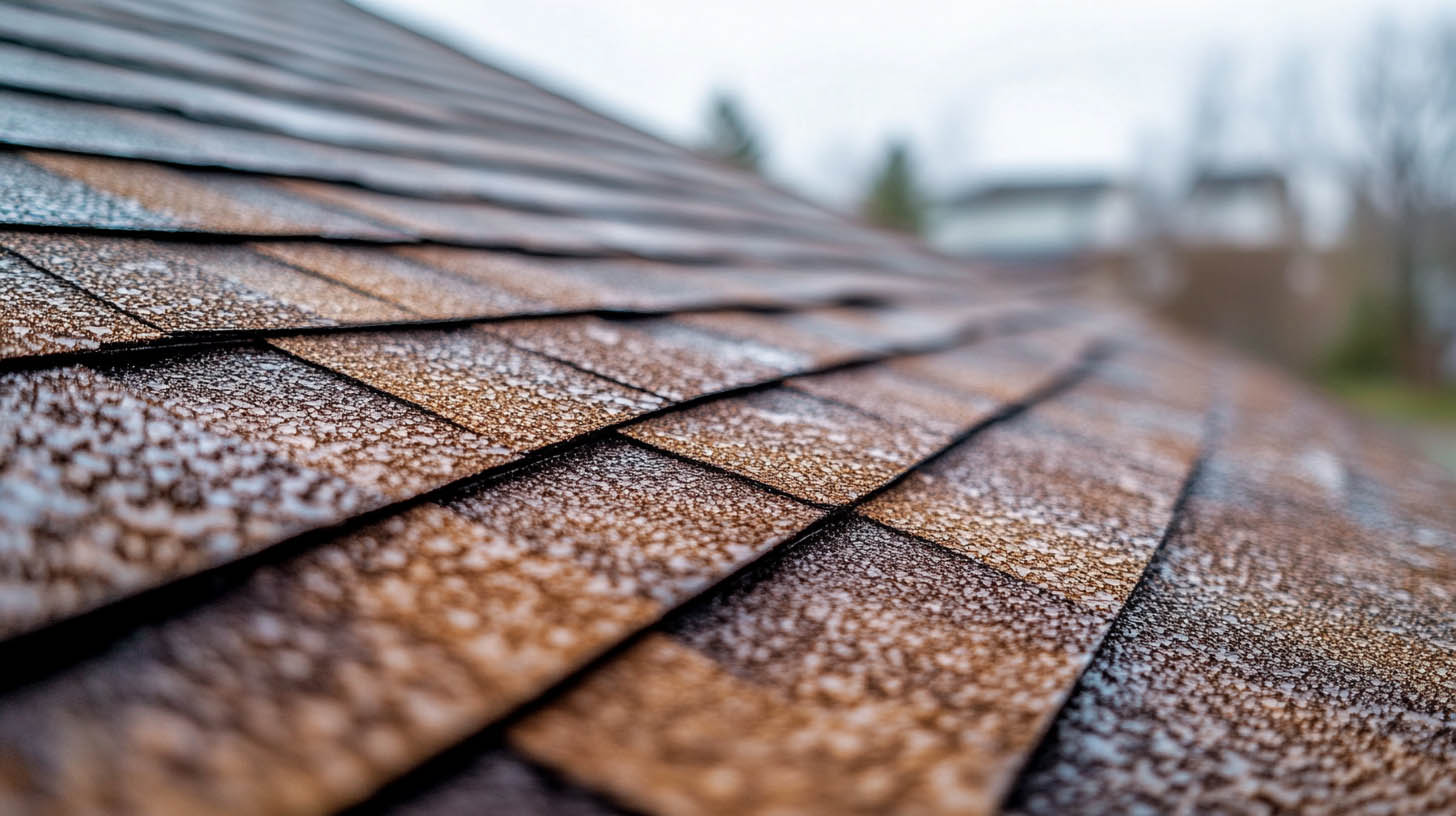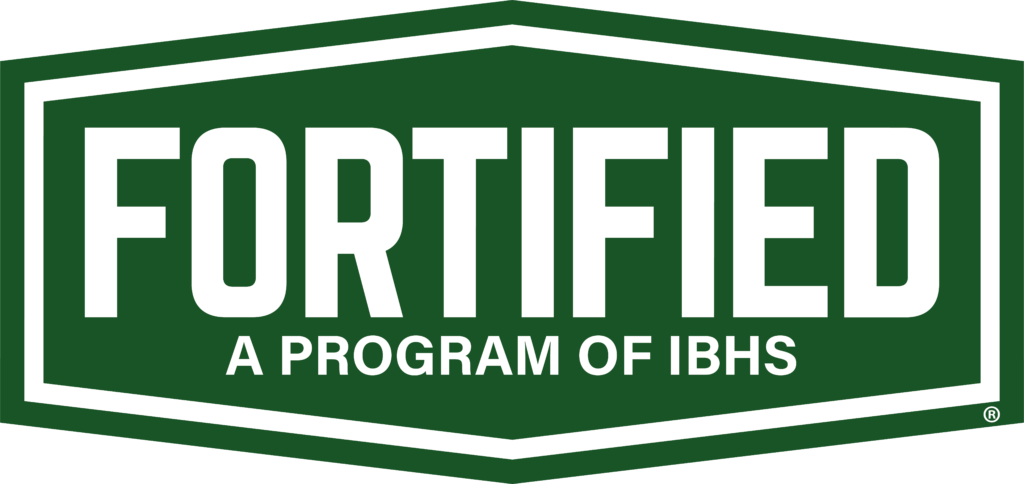
Proven Tips to Extend the Life of Your Roof
Your roof is one of the most important and expensive parts of your home—so it makes sense to protect your investment. In a place like Stephenville, TX, where roofs battle against intense sun, seasonal storms, wind, and hail, proactive care is essential. Fortunately, with consistent maintenance and the right roofing strategies, homeowners can add years—even decades—to the lifespan of their roof. These proven tips will help you do just that, and when in doubt, DT Roofing is always ready to support your roof’s health with local expertise.
Why Roof Longevity Matters
Roofs are designed to protect everything beneath them. When your roof is in top shape, it defends your home against water intrusion, heat loss, and costly structural damage. But once it starts to fail, you’re looking at expensive repairs—both inside and out. Extending your roof’s life not only delays replacement costs but also improves energy efficiency and boosts your home’s value.
Schedule Regular Roof Inspections
One of the simplest and most effective ways to prolong your roof’s life is to catch small problems before they become major ones. Schedule a professional inspection at least once a year—and always after major storms.
What Professionals Look For
- Missing or damaged shingles
- Lifted flashing and cracked sealant
- Soft spots or sagging in the decking
- Gutter blockages or water pooling
- Granule loss on shingles
- Ventilation performance
A trained eye can spot potential issues long before a leak starts.
Keep Gutters Clean and Functional
Clogged gutters are a leading cause of roof and fascia damage. Water that can’t drain properly will back up under your shingles, rot the decking, and cause leaks. Make sure your gutters and downspouts are cleared of debris at least twice a year—especially after the fall season or major windstorms.
Consider Adding Gutter Guards
These simple devices prevent leaves and debris from entering the gutter system, reducing the frequency of cleanings and the risk of overflows.
Trim Overhanging Trees
Trees may provide shade, but overhanging limbs can spell disaster for your roof. Falling branches can damage shingles and decking, while accumulated leaves trap moisture, creating a breeding ground for mold and algae.
Best Practices for Tree Management
- Trim limbs back at least 10 feet from your roof
- Remove any dead or weak branches
- Keep an eye out for rodents or pests using trees to access your roof
Address Minor Repairs Immediately
Don’t wait for a “better time” to fix that loose shingle or minor leak. Delaying repairs is one of the quickest ways to shorten your roof’s lifespan. A single area of damage can allow water to seep in, leading to rot, mold, or internal water damage that affects insulation, walls, and ceilings.
Ensure Proper Ventilation
Your attic plays a key role in maintaining roof health. Without proper ventilation, heat and moisture can build up under the roof decking, accelerating material deterioration and raising energy bills.
Signs of Poor Ventilation
- Hot, humid attic air
- Ice dam formation in winter (in colder climates)
- Curling shingles
- Visible mold on rafters or insulation
Ensure that soffit and ridge vents are installed and functioning properly. This promotes airflow and keeps temperatures balanced.
Clean Debris Off the Roof Surface
Debris such as leaves, pine needles, and dirt can retain moisture and cause premature aging of roofing materials. If your home is surrounded by trees, it’s important to safely sweep or blow debris off your roof regularly.
Use High-Quality Roofing Materials
When it comes to roofing, not all materials are equal. Investing in high-quality shingles, underlayment, and flashing will pay off in longevity and performance. As an Owens Corning Platinum Preferred Contractor, we rely on some of the best materials in the industry—designed to resist harsh weather, UV exposure, and thermal expansion.
Schedule Preventative Maintenance
Routine maintenance is your best defense against costly damage. Many roofing companies, including ours, offer maintenance plans that include inspections, debris removal, small repairs, and documentation—perfect for insurance claims or resale value.
Final Thoughts
Your roof is more than just shingles—it’s a system that requires care, attention, and proactive maintenance. By following these proven tips, you can extend the life of your roof, protect your home, and save money in the long run. And when you’re ready for expert guidance or hands-on help, choose a local team that knows how to handle Texas weather and roofing challenges. With the right support, your roof can serve you faithfully for decades.
Read also our blog: A Breakdown of Different Roofing Materials











